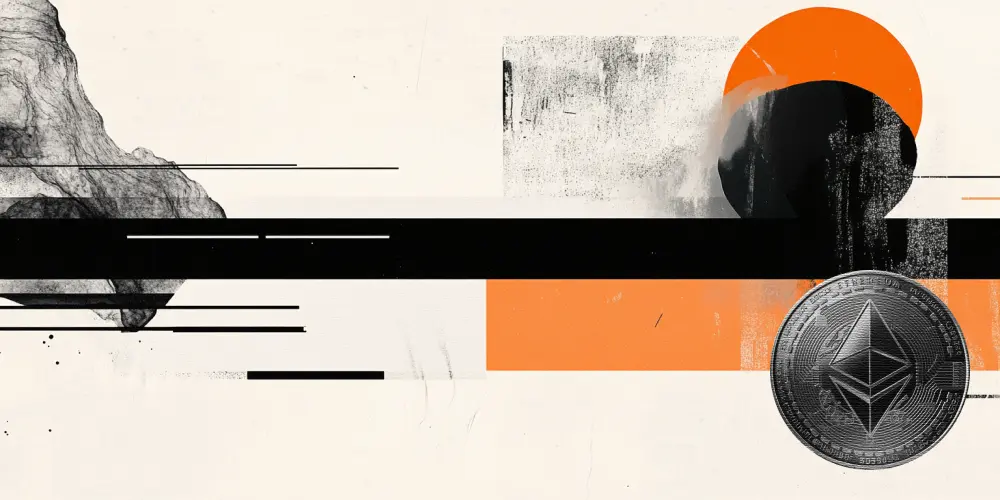Euro makes new 2023 highs as market sentiment improves
- Euro vs US Dollar makes a new 2023 yearly high after an upbeat Wall Street opens and the US Dollar sell-off continues.
- Stronger tech company earnings from Alphabet and Microsoft suggest advertising revenue remains high offsetting recession fears.
- The trend remains bullish according to technical analysis with a decisive break above 1.1075 opening the way to the 1.11s.

The Euro (EUR) has made new 2023 highs against the US Dollar (USD) during the US session, on Wednesday, after an upbeat Wall Street open put paid to lingering recession fears, reducing safe-haven demand for USD. The pair has stabilized after the market turbulence witnessed on Tuesday in which the pair fell over 100 pips. From a technical perspective the overall trend is up, with the probabilities favoring longs over shorts.
EUR/USD market movers
- On Wednesday sentiment improves after strong tech earnings releases from Alphabet and Microsoft suggest companies are still spending on online advertising, generally seen as a positive bellweather for corporate health.
- The news that ailing lender First Republic Bank is mulling over whether to sell $100B of its loans – over half its loan book – to shore up its balance sheet, temporarily resurrects banking-crisis fears.
- Lower-than-expected US Consumer Confidence figures for April eclipsed higher-than-expected New Home Sales and were viewed as evidence of a possible impending US recession.
- That said, US T-bond yields, especially of a two-year maturity, plummeted dramatically, as investors reassessed the possibility the Federal Reserve (Fed) might start cutting rates sooner than had been expected.
- The Euro has been supported by overall hawkish comments from ECB officials.
- Pierre Wunsch, president of Belgium’s Banque Nationale, said, “We are waiting for wage growth and core inflation to go down... before we can arrive at the point where we can pause (hiking rates).”
- The ECB’s chief economist Philip Lane also went on record as saying interest rates will rise at the May 4 meeting but whether beyond that depends on the data.
- Previously, the Irishman had said a lot is riding on the state of Eurozone banks, as assessed by the ECB’s Bank Lending Survey out on May 2, as well as April flash HICP inflation data released on the same day.
- Strong first quarter earnings by European banks due to higher interest margins, however, suggest the BLS may paint a favorable picture.
- Banco Santander’s recently released Q1 earnings, for example, beat profit estimates of 2.4B with 2.57B.
- ECB President Christine Lagarde recently said there is still “some way to go” before Frankfurt is done with hiking interest rates.
- The US Dollar is at a disadvantage since Federal Reserve (Fed) officials are in the two-week blackout period before the May 4 meeting, during which time they are not allowed to comment.
- Prior to the blackout, St. Louis Fed’s Bullard was hawkish, saying he expects more rate hikes due to persistent inflation and overblown recession fears.
- The key data release for the US Dollar on Wednesday was March Durable Goods Orders, which showed substantial higher-than-expected gains, with headline Durable Goods rising 3.2% versus the 0.8% expected.
- For the Euro, the main release was German Consumer Confidence Gfk in May, which came out at -25.7, beating the previous result by 2 bps.
EUR/USD technical analysis: Nearing year-to-date highs
EUR/USD breaks to new 2023 highs just shy of 1.1100 on Wednesday. Tuesday’s decline was violent but despite that the broader medium-term uptrend remains intact as long as the 1.0830 lows hold, and overall the odds favor a continuation of the dominant Euro-bullish trend.
It is still not clear whether the break above the 1.1075 previous year-to-date highs deserves to be described as 'decisive', however, if so, a continuation of the Euro’s uptrend would likely reach to the next key resistance level at around 1.1190, where the 200-week Simple Moving Average (SMA) is located.
A decisive break would be defined as one happening from a ‘breakout candle’ – a long green bullish daily candle that extends above the 1.1075 highs and closes near its high – or three smaller bullish green candles in a row (the three white soldiers Japanese candlestick pattern).
At the moment the break to new highs lacks momentum, suggesting caution should be exercised. The Relative Strength Index (RSI), for example, has not followed price to new highs when compared to the peak made on April 14 when price tipped 1.1075. This is a sign of bearish divergence. That said, the day is still not over and it is only after the close has fixed that a definitive analysis can be made.
Alternatively, from a bearish perspective, a break and daily close below the key lower high at 1.0830 could see losses extend down to a confluence of support at 1.0775-1.0800, marking a possible reversal of the dominant trend.
European Central Bank FAQs
What is the ECB and how does it influence the Euro?
The European Central Bank (ECB) in Frankfurt, Germany, is the reserve bank for the Eurozone. The ECB sets interest rates and manages monetary policy for the region.
The ECB primary mandate is to maintain price stability, which means keeping inflation at around 2%. Its primary tool for achieving this is by raising or lowering interest rates. Relatively high interest rates will usually result in a stronger Euro and vice versa.
The ECB Governing Council makes monetary policy decisions at meetings held eight times a year. Decisions are made by heads of the Eurozone national banks and six permanent members, including the President of the ECB, Christine Lagarde.
What is Quantitative Easing (QE) and how does it affect the Euro?
In extreme situations, the European Central Bank can enact a policy tool called Quantitative Easing. QE is the process by which the ECB prints Euros and uses them to buy assets – usually government or corporate bonds – from banks and other financial institutions. QE usually results in a weaker Euro.
QE is a last resort when simply lowering interest rates is unlikely to achieve the objective of price stability. The ECB used it during the Great Financial Crisis in 2009-11, in 2015 when inflation remained stubbornly low, as well as during the covid pandemic.
What is Quantitative tightening (QT) and how does it affect the Euro?
Quantitative tightening (QT) is the reverse of QE. It is undertaken after QE when an economic recovery is underway and inflation starts rising. Whilst in QE the European Central Bank (ECB) purchases government and corporate bonds from financial institutions to provide them with liquidity, in QT the ECB stops buying more bonds, and stops reinvesting the principal maturing on the bonds it already holds. It is usually positive (or bullish) for the Euro.
Author

Joaquin Monfort
FXStreet
Joaquin Monfort is a financial writer and analyst with over 10 years experience writing about financial markets and alt data. He holds a degree in Anthropology from London University and a Diploma in Technical analysis.
-638181165666200119.png&w=1536&q=95)

















